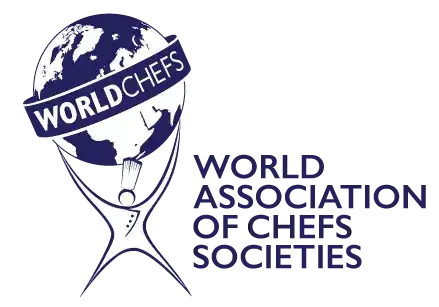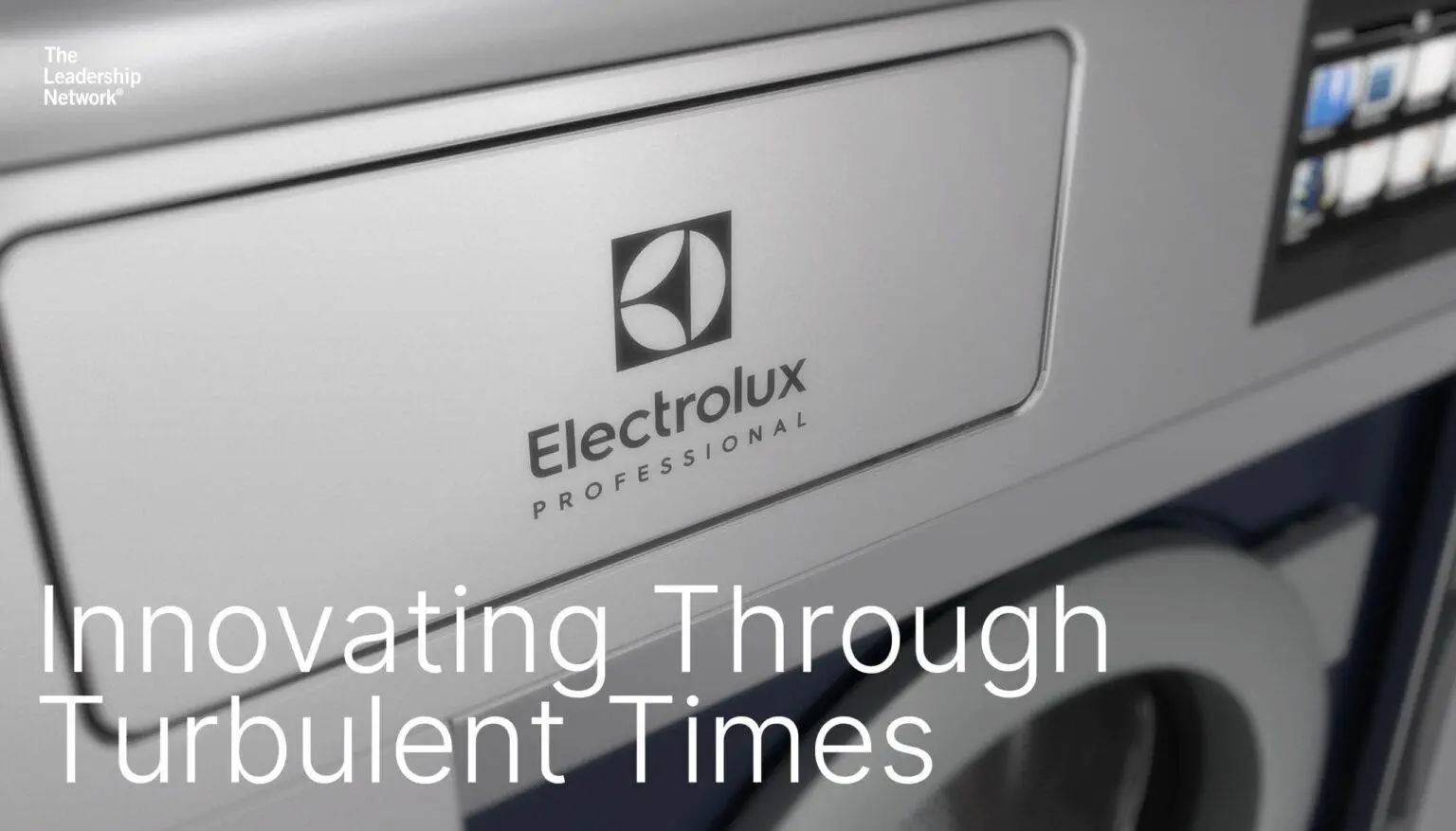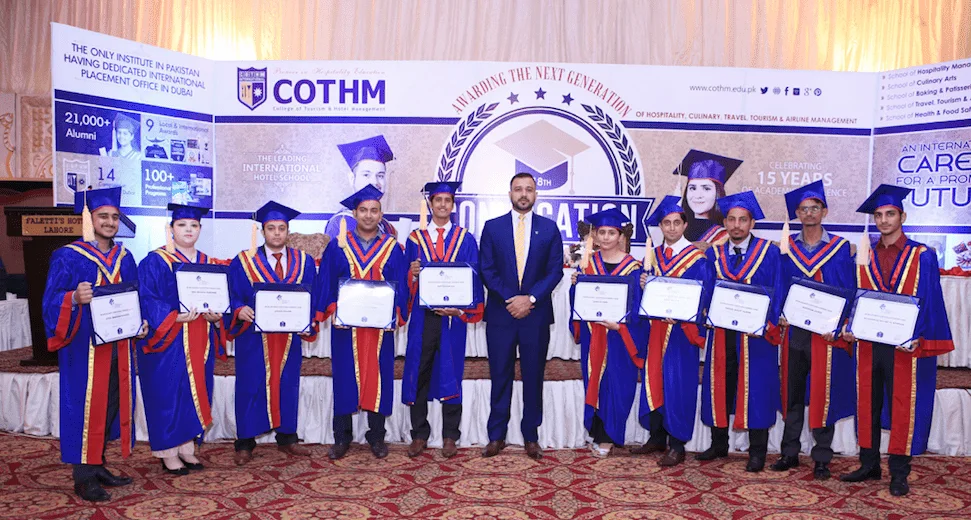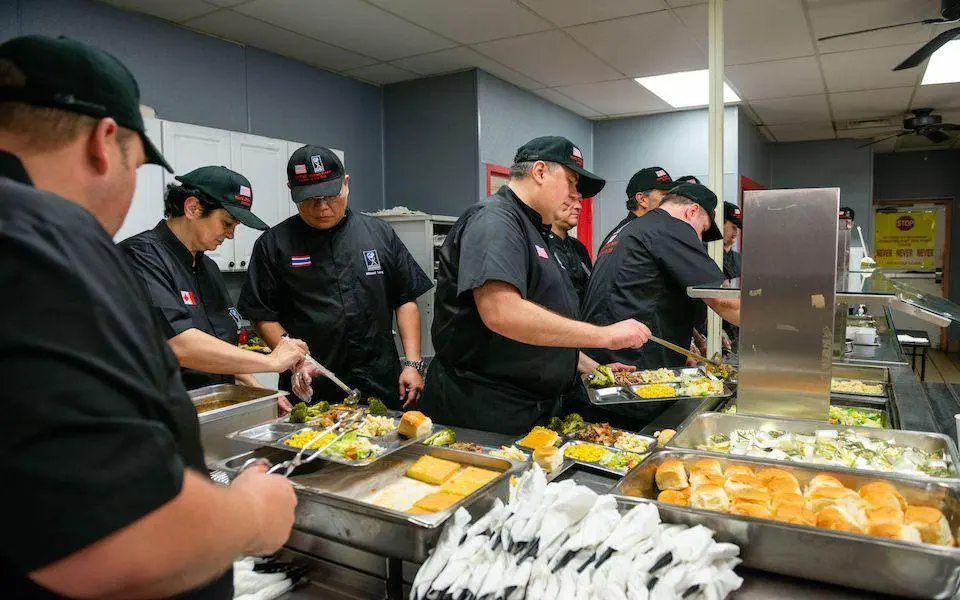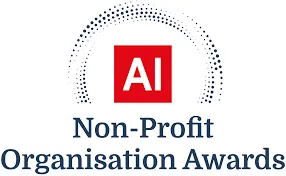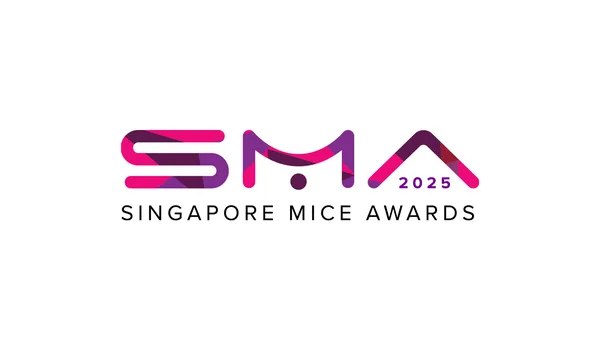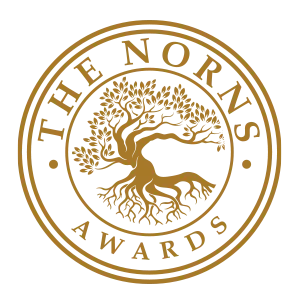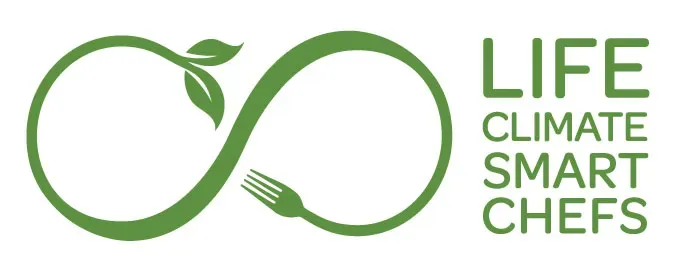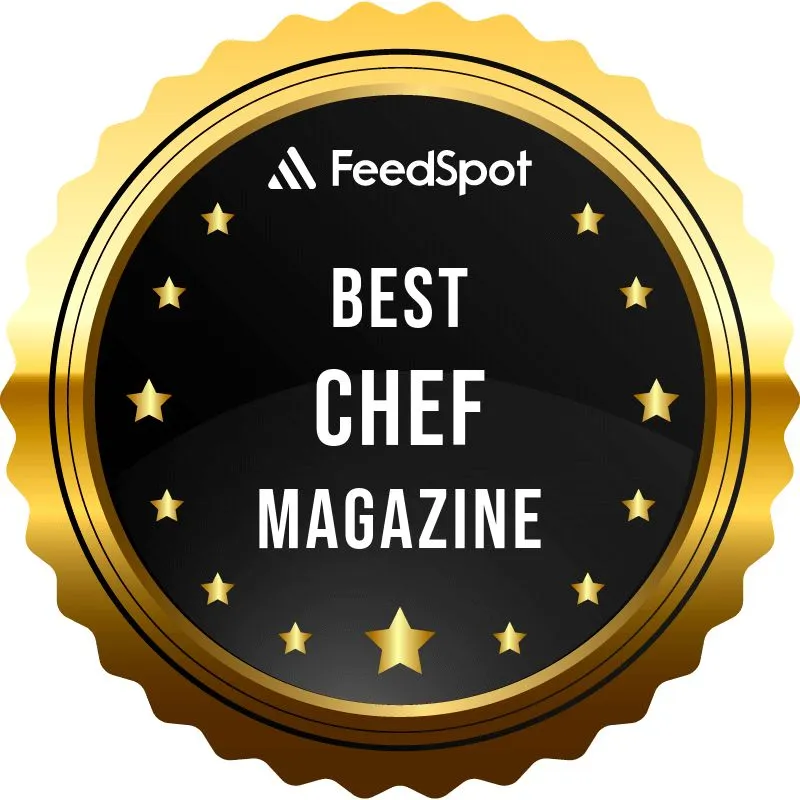How Electrolux Professional Achieved Strategic Resilience in the Face of the Global Pandemic

Written by Rowan Gibson
Best Selling Author & Award Winning Innovation Expert And Thought Leader

Never before in history have companies all over the world and in every conceivable industry been simultaneously challenged to rethink and reinvent their core business strategies overnight. This imperative was unexpectedly thrust upon all of us in the early Spring of 2020.
Prior to that point, we may have acknowledged that we live in an age of turbulence where the threat of disruption is ever-present, but none of us were truly prepared for the figurative meteor strike that came in the form of COVID-19. With cataclysmic force, the Coronavirus pandemic literally changed everything, everywhere, all at once. Yet, in the face of such an unprecedented crisis, some organisations managed to display the most amazing capability for resilience, reinvention and renewal.
One outstanding example is Electrolux Professional.
This Swedish multinational company, headquartered in Stockholm, is one of the world’s largest professional appliance makers, and was until recently a subsidiary of Electrolux Group. Its products and solutions are mostly aimed at food and beverage industries – restaurants, hotels, bars and cafes – as well as professional laundry applications – for example, in hotels, hospitals, care homes, apartment blocks, or commercial laundry businesses.
When the health crisis hit in the first quarter of 2020, and the company’s sales suddenly dropped off a cliff, the people at Electrolux Professional took swift action by focusing all their efforts on customer-centric innovation and bold strategic renewal in the shortest possible timeframe. The results have been astounding and serve as a true inspiration for would-be innovation champions and business model strategists in all kinds of industries and markets.
Let’s examine their story.
The worst timing in the world?
Electrolux Professional, formerly a division of Electrolux AB since its inception, was registered as a stand-alone company on March 23rd, 2020. In retrospect, of course, coinciding as this did with the widespread outbreak of Coronavirus, it might appear to have been the worst time in the world to separate from the mothership. On the other hand, this move may also be precisely what gave Electrolux Professional the autonomy and self-determination it needed to drive rapid and rampant change through strategy innovation.
Obviously, the transition to a new corporate status had been planned far in advance, so the date was simply an unhappy coincidence. But, by around mid-March 2020 – exactly when the global health crisis was at its inflection point and about to go into a steep exponential curve – the people at Electrolux Professional found themselves setting out on an ambitious new business venture just before the pandemic was to slash their sales.
The foundations for the company’s success had seemed sound enough. A long and proud history of innovation. A globally respected brand. A solid financial record. A loyal international customer base. A wide portfolio of world-class products. An amazing team of people. A five-year strategic plan. A legacy of excellence as part of Electrolux AG.
What could possibly go wrong?
All hands on deck!
In the space of just a few weeks in March 2020, our world became an unrecognisable place. Empty city centers. Closed businesses. Collapsing economies. Quarantined citizens. Overcrowded hospitals. A crisis like none of us had ever experienced. How would Electrolux Professional fare in such a precarious environment?
It’s not hard for a company to look good when the sun is shining, but it is the storm that tests the true character, capability and culture of any organisation. When times get tough, will the company’s people pull together to cope with the challenge as one big team or will they pull apart and become divided against each other?
During an economic crisis, the knee-jerk reaction of many organisations is to quickly start reducing headcount. Unfortunately, this response was all too common as soon as markets first went into COVID-19 lockdown. By contrast, Electrolux Professional invited all its people to join the effort to weather the gigantic storm, deploying their creativity to help the company rethink and reinvent its way through the crisis.
Within a few weeks of the first signs of trouble, the call went out for everyone in the organisation to participate in the innovation process – “All hands on deck!” The entire workforce was asked to think up and submit ideas for dealing with the increasingly critical external situation.
And that’s exactly what people did. Just over a week later, the company’s executives were already sifting through a rich portfolio of potential opportunities for solving customers’ problems and driving new growth, some of which were completely new to the business.
Rethinking strategy from the bottom up
Traditionally, strategy-making has always been a top-down, forecast-laden exercise, after which the goal is to get the strategic ideas of the company’s leaders into the heads of the people so that they can run off and obediently implement them.
Electrolux Professional took the opposite approach.
By involving the whole company in a highly inclusive and democratised process of strategy innovation, the leadership team was able to quickly generate a companywide perspective on truly unconventional strategic options for addressing the crisis. Over the designated one-week period, a wide variety of ideas bubbled up from every part of the organisation, coming from the minds and the hearts of the people, and built on their passion and their insights.
In this emergent, bottom-up approach to strategy-making, the company’s leadership team became less the authors of strategy and more the editors of strategy. Their role switched from generating the company’s new thinking to ‘connecting the dots’— carefully evaluating a portfolio of possible options and searching for the opportunities that would be the most promising strategic directions for the company’s short-term innovation efforts.
If we unpack all the options and ideas that were submitted during that one-week period, we can see that the fundamental principles of innovation were clearly at play. Just as I have argued for over two decades, big breakthroughs always come from looking at things from four particular perspectives, or innovation ‘lenses’.
The first of these lenses is focused on trends.
Rapidly adapting to change
How quickly can a company adapt to a major shift in market trends?
One of the megatrends over the last decade has undoubtedly been the pursuit of sustainable, environmentally-friendly solutions. Up until COVID-19, much of Electrolux Professional’s innovation strategy was centered around reducing the consumption of water, detergent and energy in its professional appliances – such as washing machines and dishwashers. The company’s five-year strategic planning, along with its budgeting and bi-annual controlling, firmly reflected this.
But then the world changed.
In Spring 2020, almost overnight, Electrolux Professional realised that by far the most acute and important trend for its business – and for its customers – was hygiene in addition to sustainability. Whether in food, beverages, or laundry, the central issue for all the company’s markets suddenly became how to quickly and effectively sanitize or disinfect.
Restaurants were forced to close for regular business but could deliver their food to people’s homes. So, understandably, home food delivery services boomed. But how could customers be sure the restaurant’s kitchens and the boxes used for delivery were hygienic enough to avoid virus infection?
Hospital services went into overdrive to cope with the exponential rise in patients testing positive for Coronavirus, many of whom required treatment. That, in turn, put massively increased demand on hospitals’ laundry facilities to quickly and effectively clean the washable PPE (Personal Protective Equipment) of their doctors and nurses. Many healthcare workers were also forced to make multiple use of single-use PPE such as masks and head coverings, due to shortage of these items.
The trend toward increased hygiene extended into other markets, too, where things had previously been much more relaxed. Fashion retail is one example. It suddenly became apparent that even if stores could eventually re-open, their fitting rooms would be a huge hygiene risk as multiple customers tried on the same garments right after each other. Some countries passed new retail legislation reflecting this concern.
Based on these trends, Electrolux Professional made a radical strategic pivot towards hygiene in addition to the sustainability. The urgent new questions for the company’s innovation strategy became:
- How do we create customer solutions that put virus-related health and safety concerns first?
- How can we redeploy our existing products not just to wash but also to sanitize or disinfect?
- What can we do to make professional kitchens and laundry services safer and more hygienic for everyone?
- Should we consider new solutions for other markets, too?
This was the thinking that drove many of the new ideas that were put forward by the company’s people.
Addressing urgent customer needs
Another key lens of innovation is the perspective of the customer. New trends can – and often do – create new needs. Sometimes urgent ones. Companies need to be constantly asking themselves where customers’ emerging ‘pain points’ and frustrations are. And then come up with innovative ways to solve them.
As the COVID-19 pandemic began to spread wildly and governments everywhere reacted with lockdown measures, what was the impact on Electrolux Professional’s customers? These were restaurants, hotels, bars and cafes, facilities for education, leisure and sports, hospitals, elderly care homes, commercial and self-service laundries, as well as other business and industries. Suddenly, for all these sectors and countless others too, stringent hygiene became the paramount concern for the future of their organisations. At the same time, many of the company’s customers found their financial resources rapidly drying up.
The people at Electrolux Professional knew they had to respond fast. And they did, rising to the challenge of addressing these urgent new needs with radically innovative solutions. From all corners of the company came fresh ideas aimed at providing hygienic safety and psychological reassurance in this time of fear and uncertainty. Ideas for products and services that could play a role in easing the deep anxieties and very real problems being experienced across businesses and societies – not just temporarily but as permanent, long-term solutions for the altered needs of an emerging, post-pandemic world.
Some of these ideas were for high-risk hotspots like hospitals and care homes for the elderly, where sanitization and the tracking of wash batches had become critical. Others were for apartment blocks and local launderettes where people share communal washing machines. Still others were for professional kitchens, where the focus was now on disinfecting preparation utensils for food and beverage hygiene. Further opportunities encompassed new markets such as food delivery and fashion retail. Or new business models that would make financing easier for cash-strapped customers. They all reflected the passion for customers that is keenly felt across Electrolux Professional’s entire corporate culture.
To sum up the attitude behind this customer-focused lens of innovation – and by this slew of new ideas from the company – I’m always reminded of a brilliant advertisement that was run by IBM in 2008, the year of the Great Recession. The headline was the following statement: ‘STOP selling what you HAVE. START selling what they NEED.’ I can’t think of a better customer-centric message for companies at any time, but especially at a time of crisis.
Challenging traditional assumptions
If an organisation is going to avoid strategic rigidity and embrace resilience, it must always be ready to question and even discard some of its fundamental beliefs and assumptions about its current strategy or business model. This is a third key perspective or ‘lens’ for any company that wants to achieve reinvention and renewal.
Innovators tend to be contrarians. They are not wedded to anything. They are the rebels who always ask, ‘What if?’ and ‘Why not?’ This was the blue-sky spirit that was unleashed when Electrolux Professional asked its people everywhere to come up with innovative new ideas.
Why can’t a washing machine become a sanitization machine? And, similarly, why can’t a dishwasher disinfect while it cleans dishes and kitchen utensils? How would we need to alter our current products to achieve this? Would it require a specific wash cycle? A higher temperature? A different kind of detergent? And if we could make this work, could we get the process validated and certified by an external bacteriological laboratory? What if we could very quickly start offering our customers not just industrial expertise but also hygiene and safety expertise? What if we could even make it possible for hospitals and care homes to turn scarce, single-use PPE products into sanitized, multiple-use items? These were just some of the questions the company began to ask itself.
Other people stretched their new thinking along different lines. They asked, What if customers can’t afford to buy our products at the moment because their own businesses are in financial trouble? Why can’t we offer them renting or leasing options? What if we explored new business models that turn our products into services, like pay-per-wash or pay-per-use? And what if we added consulting services to our offering to help our customers select the right solutions for their needs?
Then there were people who considered completely new markets. Some wondered if they could turn threat into opportunity by coming up with products for non-traditional businesses like fashion retail and food delivery. What if we could provide a solution for apparel stores that would swiftly sanitize garments right after customers have tried them on in the fitting rooms? And what if we could come up with a new kind of insulated food delivery box for restaurants and fast-food chains that would keep meals and beverages in a safe, hygienic container during transit to the home? In other words, why limit ourselves to our legacy businesses when there are new markets out there that also need our solutions?
One of the underlying assumptions inside most manufacturing companies is that new product development and commercialization takes a long time. However, the R&D and manufacturing experts at Electrolux Professional got together and asked each other, What would it take to rapidly fast-track some of these opportunities so that we can dramatically reduce the time it takes to move ideas from the mind to the market? How fast can we deliver these solutions to our customers?
Leveraging resources in new ways
Completing the set of four innovation lenses, or perspectives, is the ability to look across an organisation – as well as beyond its boundaries – and identify resources that could be repurposed, redeployed or recombined to create new opportunities.
Obviously, the first resource Electrolux Professional tapped into was the brainpower of its own people, with spectacular results. But the ideas generated in the company’s widely distributed ideation effort would have gone nowhere without leveraging skills and assets from every single part of the organisation. The firm’s marketing and sales people, for example, focused on tracking external trends and customer needs. The R&D people and their research labs began to delve deeply into the field of sanitization. The supply chain and manufacturing people sought creative ways to obtain necessary components despite the crisis – one was to simply hire a truck and drive from Sweden to Poland to personally pick them up! The finance people temporarily redirected R&D funds from the firm’s previous strategic plans and allocated them instead to developing the new ideas.
Being related to the larger Electrolux Group had advantages, too. There was a lot of know-how available across the organisation, including the Electrolux Global Connectivity & Technology Center (GC&T). Then there were possible external resources to consider – partner firms in the detergent business, research institutes and independent science labs, among others. One interesting company was Getinge, which had been spun out of Electrolux and is today a global leader in infection control and the sterilization of medical equipment. The R&D team at Electrolux Professional was able to compare notes with their counterparts at Getinge in the search for new answers.
Making innovation happen involved many existing resources that were cleverly combined. An older white paper laying out the parameters for disinfecting from Corona-type viruses. One of the company’s own detergents that happened to have the right pH value to be converted for use in sanitization. Appliance cabinets in Electrolux Professional’s product portfolio that could be redeployed for new solutions. The RISE institute in Sweden that could provide vital research and validation of the company’s new sanitizing solutions. UL, a worldwide independent lab that could certify Electrolux Professional’s dishwashing range from sanitization to disinfection level using relevant DIN standards. All of this added up to a set of exciting innovation opportunities that could very quickly become realized.
Leading innovation from the top
It’s one thing to generate ideas from everyone, everywhere in a bottom-up, democratized approach to strategy innovation. But actually driving ideas forward is always going to require the full and active commitment of a company’s top leaders.
This was certainly the case with Electrolux Professional. After collating all the ideas that were submitted during ideation – 162 ideas generated in only 8 days – the executive management team sat down to categorize and evaluate them. They were first sorted into two major categories based on their implementation timeline – short-term (2-6 months) and longer-term (6+ months). Around 70% of the ideas fell into the first category. Then, they were segregated into four sub-categories in terms of the nature of the ideas:
- new products and solutions
- new ways of working or selling
- new ways to reduce spending
- other kinds of ideas
When evaluating the potential of all the ideas, leaders were looking for three criteria: short-term realization, minimum investment, and maximum value creation for the customer in terms of solving today’s most urgent problems.
Based on these factors, ten ideas were shortlisted from the original portfolio of 162 ideas, and from these a final selection of four ideas was prioritized for immediate development. These were:
- A washer and dryer for medical-grade sanitization of PPE (including single-use) in hospitals, clinics and elderly care homes
- A dishwasher for professional kitchens with a similarly certified disinfection cycle for food and beverage utensils
- A new solution for fashion retail – called a ‘Serenity Cabinet’ – for sanitizing garments with steam after they have been tried on
- A ‘Safe-Box’ for insulated food delivery that keeps food and beverages in a sanitized environment while in transit

The rest of the idea portfolio is being mined by Electrolux Professional’s Innovation hub as a source of mid-term to longer-term innovation opportunities. Some of these include the service-based business models referred to earlier.

Once the four ideas above were approved for development, individual leaders from executive management were assigned as sponsors to realize each one of them, working with small multifunctional teams to drive them forward. As a result, the first three ideas were launched into the market within just two months. The fourth idea – ‘Safe-Box’ – is currently in a mature state of development and is heading for imminent launch.

Amazingly, all this was achieved in record time even though many people across the company were working remotely or had limited access to the organisation’s labs and manufacturing facilities. Regular progress reports on all four projects were presented by the designated leaders in the company’s top management meetings, which were also held virtually. Everything humanly possible was done to catalyze and streamline the development process so that time to market was reduced to almost nothing.
From continuous improvement to continuous renewal
One thing is for sure: our world is becoming more turbulent by the day. Correspondingly, the need for strategic resilience – the capacity to adapt our business models and strategies dynamically as circumstances change – will only become greater in the future.
We can learn a lot from Electrolux Professional’s example as outlined above. But the real challenge for every company today is not just how to act during a global crisis but how to make strategic renewal a part of the everyday fabric of the organisation. We need to institutionalise this mindset and behaviour so that it becomes part of the company’s DNA.
In short, we need to shift our corporate focus from continuous improvement to continuous renewal.
The 4 Lenses of Innovation can help us do just that. As we have seen, these lenses or perspectives are fundamental to rethinking and reinventing strategy in turbulent times. The first two lenses we examined – harnessing trends and understanding needs – are about acute awareness, paying very close and constant attention to what is changing in the external environment. The other two lenses – challenging orthodoxies and leveraging resources – are more about adaptability, giving us the capacity to continuously respond to external change by thinking and acting differently as an organisation.

None of this can be expected to work on a continuous basis without embedding innovation and strategic renewal as an ‘all-the-time, everywhere’ capability inside the company.
This calls for visionary leadership, like that of Alberto Zanata, CEO of Electrolux Professional, and his entire executive team, who actively encourage and support strategy innovation across their organisation, firmly believing it to be the backbone of the company’s continued success.
It calls for flexible management structures that can free up talented people to do whatever it takes to make innovation happen, especially when there is an urgent need to turn threats into opportunities.
It calls for a joint effort. A common culture of engagement and inclusion where ideas are welcome from everyone, everywhere. A culture where passion for the customer and a prevailing can-do spirit are the prime drivers. A culture where people truly believe they can overcome great challenges and solve big, important problems if they work creatively and tirelessly together as a team.
Towards Innovation Excellence
What about your own organisation? When the world went into crisis-mode in March 2020, you were no doubt also forced to reexamine your strategic plans and perhaps radically reprioritize your project portfolio.
What became abundantly clear, to quote Swapnil Choudhari, Director of global R&D for laundry systems at Electrolux Professional, was that “rigidity fails, while resilience prevails”. Of course, it’s fine and entirely necessary to make mid- to long-term corporate plans, but they must never be too rigid to allow for short-term, emergent ideas and perhaps abrupt shifts in strategy as circumstances change.
*This article was originally published to The Leadership Network on August 11, 2020 by Rowan Gibson.
To learn more about Electrolux Professional, visit www.electroluxprofessional.com.
